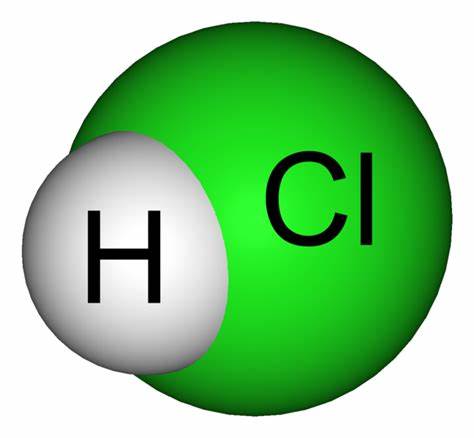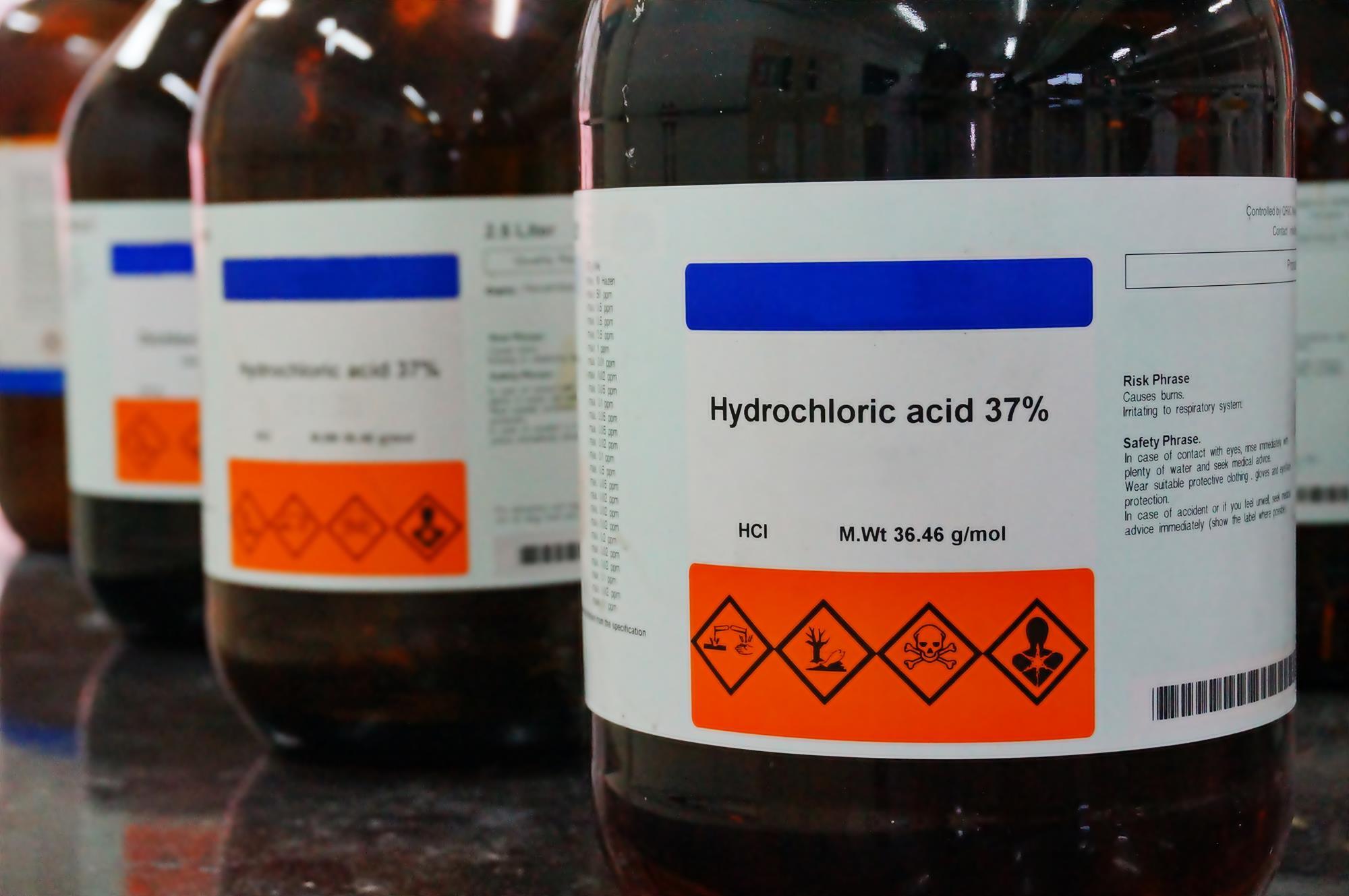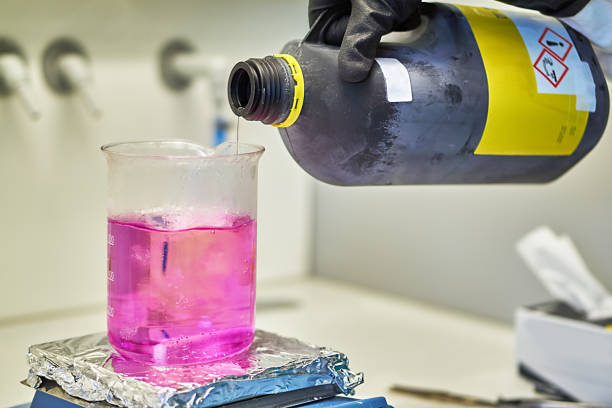Product
Hydrochloric acid
Introduction
Hydrochloric acid (HCl) is a strong, colorless, and highly corrosive mineral acid. It is a fundamental inorganic chemical used extensively in various industrial applications, laboratory processes, and even as a cleaning agent. HCl is composed of hydrogen and chlorine atoms and is one of the simplest and most essential acids in chemistry.
-
Preparation using traditional method
The traditional method for preparing hydrochloric acid involves the reaction of sodium chloride (NaCl) with concentrated sulfuric acid (H2SO4). The reaction can be represented as: NaCl + H2SO4 -> HCl + NaHSO4. The resulting hydrogen chloride gas is then dissolved in water to obtain hydrochloric acid.
-
Reaction
In the traditional method, the reaction between sodium chloride and sulfuric acid generates hydrogen chloride gas, which is collected and subsequently dissolved in water. This reaction is highly exothermic, releasing a significant amount of heat and requires careful handling due to the corrosive and toxic nature of the reactants and the product.
-
Disadvantages of traditional method
One of the major disadvantages of the traditional method is that it relies on sulfuric acid, which is a hazardous and environmentally unfriendly reagent. Additionally, the process can be energy-intensive due to the exothermic nature of the reaction and often requires careful handling of toxic chemicals.
-
Preparation using Green method
A more environmentally friendly approach for preparing hydrochloric acid involves the direct synthesis from the elements, namely hydrogen (H2) and chlorine (Cl2). This method utilizes electrolysis, where an electric current is passed through a sodium chloride (NaCl) solution to produce hydrogen chloride gas, which is subsequently dissolved in water to form hydrochloric acid.
-
Reaction
In the green method, electrolysis of a sodium chloride solution results in the generation of hydrogen and chlorine gases. The hydrogen chloride gas can be readily dissolved in water, creating hydrochloric acid without the need for the intermediate sulfuric acid.
-
Advantages of Green method
The green method for hydrochloric acid production offers several advantages, such as reduced environmental impact since it avoids the use of sulfuric acid and minimizes the release of harmful by-products. It also provides a more sustainable and energy-efficient route for obtaining hydrochloric acid.
-
Applications
Hydrochloric acid finds widespread application across various industries. It is commonly used for pickling and passivating metals, as a laboratory reagent for pH adjustment and chemical analysis, in the production of PVC plastics, in the food industry for adjusting the pH of processed foods, and as a cleaning agent in industries and households. Its versatility and wide range of applications make hydrochloric acid a crucial chemical compound in many sectors.


